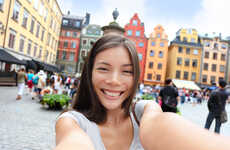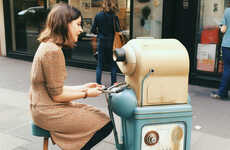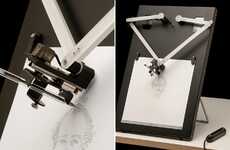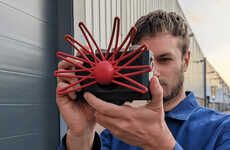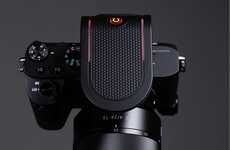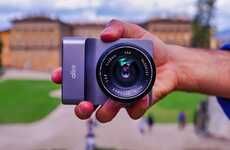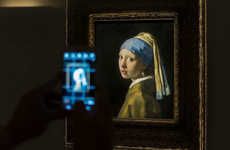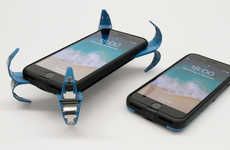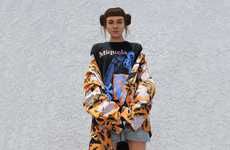
'Prosthetic Photographer' ForcesPictures Using AI and Electricity
References: peterbuczkowski & fastcodesign
Many would argue that photography is a subjective and fundamentally human endeavor, but 'Prosthetic Photography' is an art project that aims to discount that premise. The project uses an artificially intelligent algorithm and electric shocks to force photographers into taking beautiful pictures.
Phosthetic Photographer itself consists of little more than a grip and attachment for a digital camera. Though it looks unimposing, the device packs a powerful punch. Prosthetic Photographer has built-in artificial intelligence that constant assesses the viewfinder of the attached digital camera to look for the most attractive photographs. When it does see something it likes, it uses a node on the handle to send an electric shock through the photographer's hand, forcing them to involuntarily pull the trigger and take a picture. This is the first sign of the robot apocalypse, but at least it's artistic.
Phosthetic Photographer itself consists of little more than a grip and attachment for a digital camera. Though it looks unimposing, the device packs a powerful punch. Prosthetic Photographer has built-in artificial intelligence that constant assesses the viewfinder of the attached digital camera to look for the most attractive photographs. When it does see something it likes, it uses a node on the handle to send an electric shock through the photographer's hand, forcing them to involuntarily pull the trigger and take a picture. This is the first sign of the robot apocalypse, but at least it's artistic.
Trend Themes
1. AI-driven Photography - Prosthetic Photographer project demonstrates AI's ability to enhance photography and suggests further AI integration in the field.
2. Haptic Feedback Technology - The project's use of electric shocks for haptic feedback presents opportunities for innovation in the development of new photo-taking tools.
3. Cyborg Art Projects - Prosthetic Photographer project represents a growing interest of artists in the integration of technology and human bodies to create art.
Industry Implications
1. Photography - Photography industry can explore AI and haptic feedback integration in camera devices to enhance photo-taking capabilities and expand market offerings.
2. Art - Art industry can adopt technology integration to expand artistic boundaries and offer new forms of creative expression, such as cyborg art projects.
3. Technology - Technology industry can develop new tools and applications for AI-driven photography and haptic feedback technology for broader market use beyond the art industry.
3
Score
Popularity
Activity
Freshness



